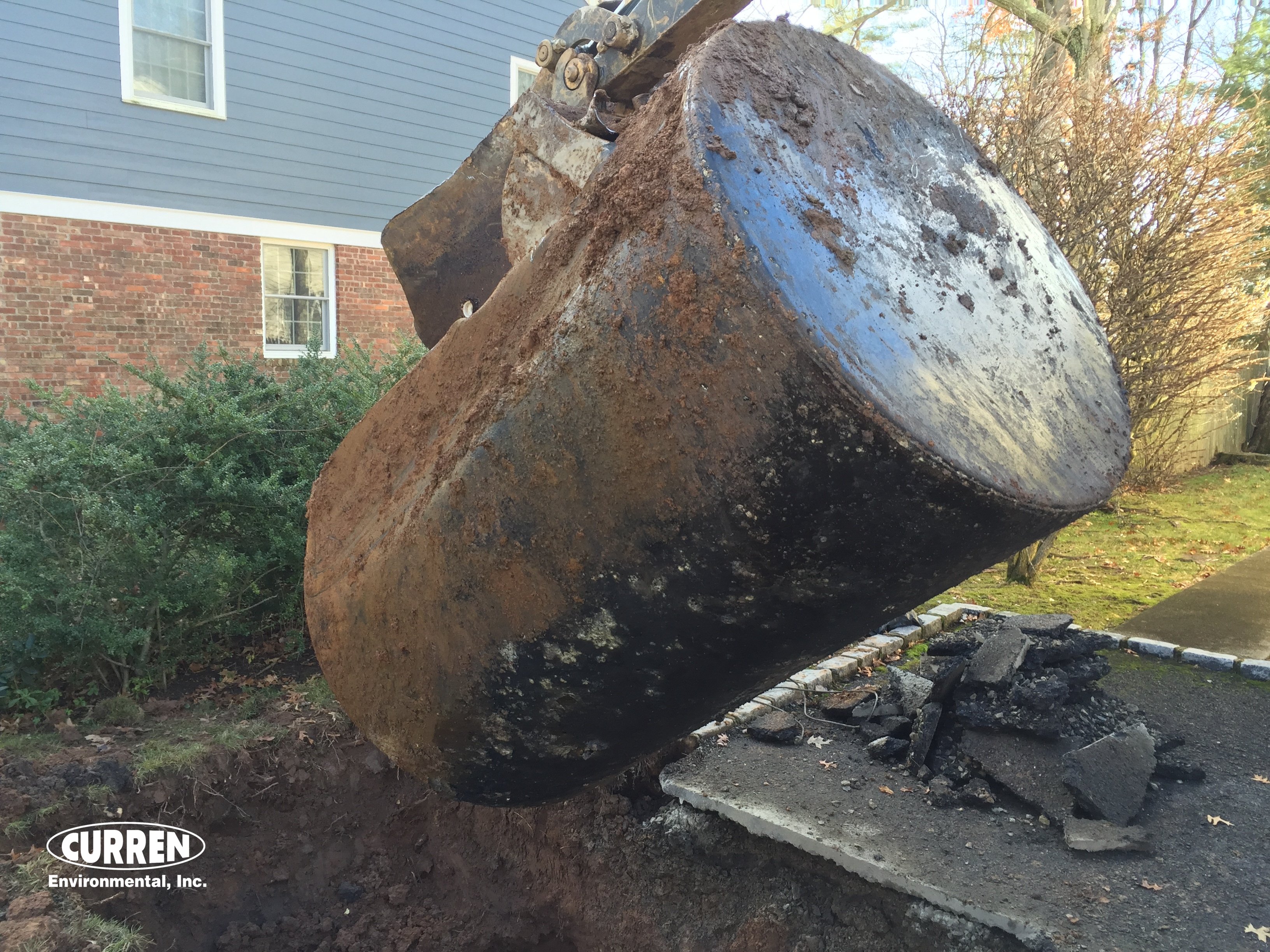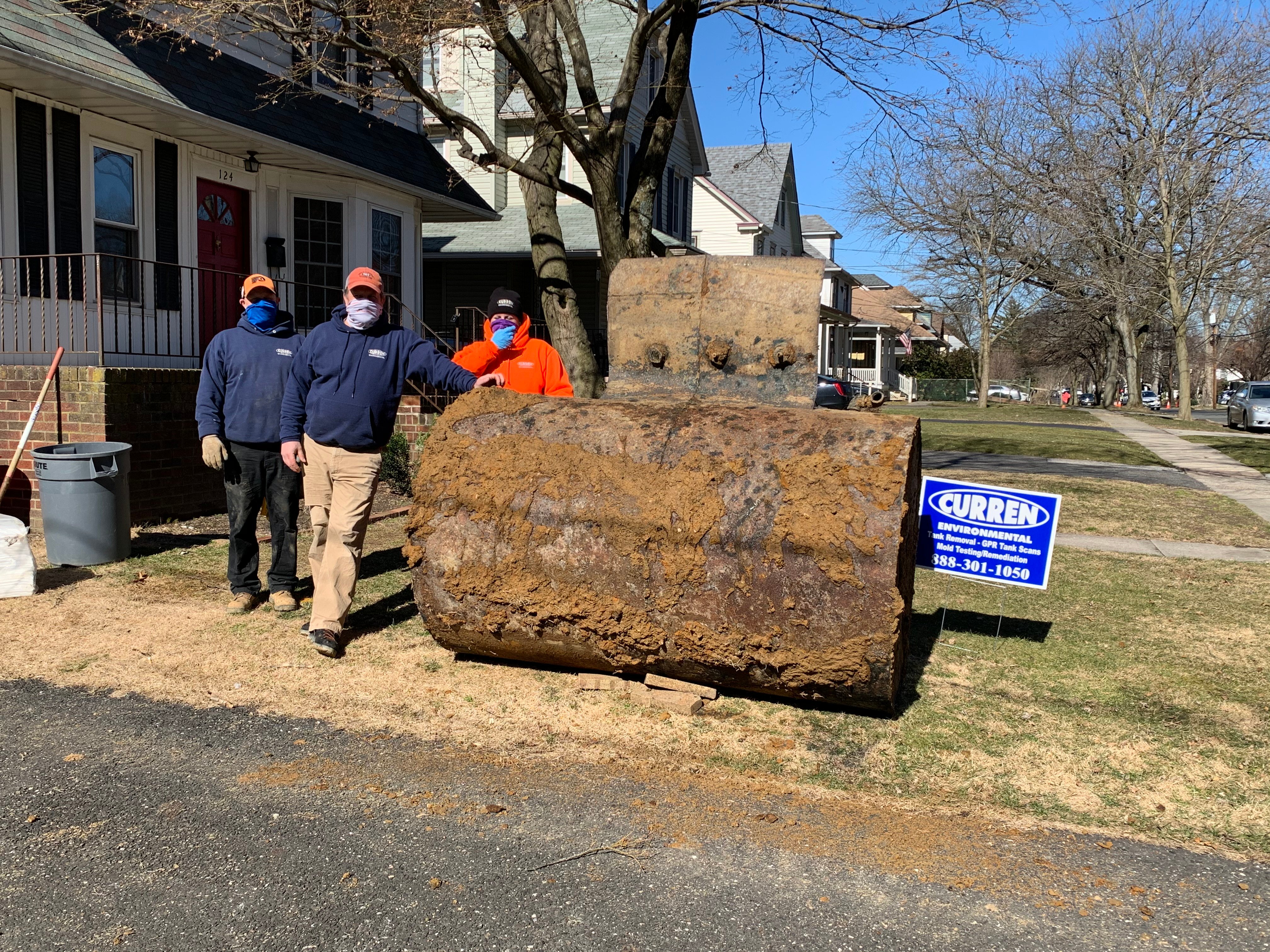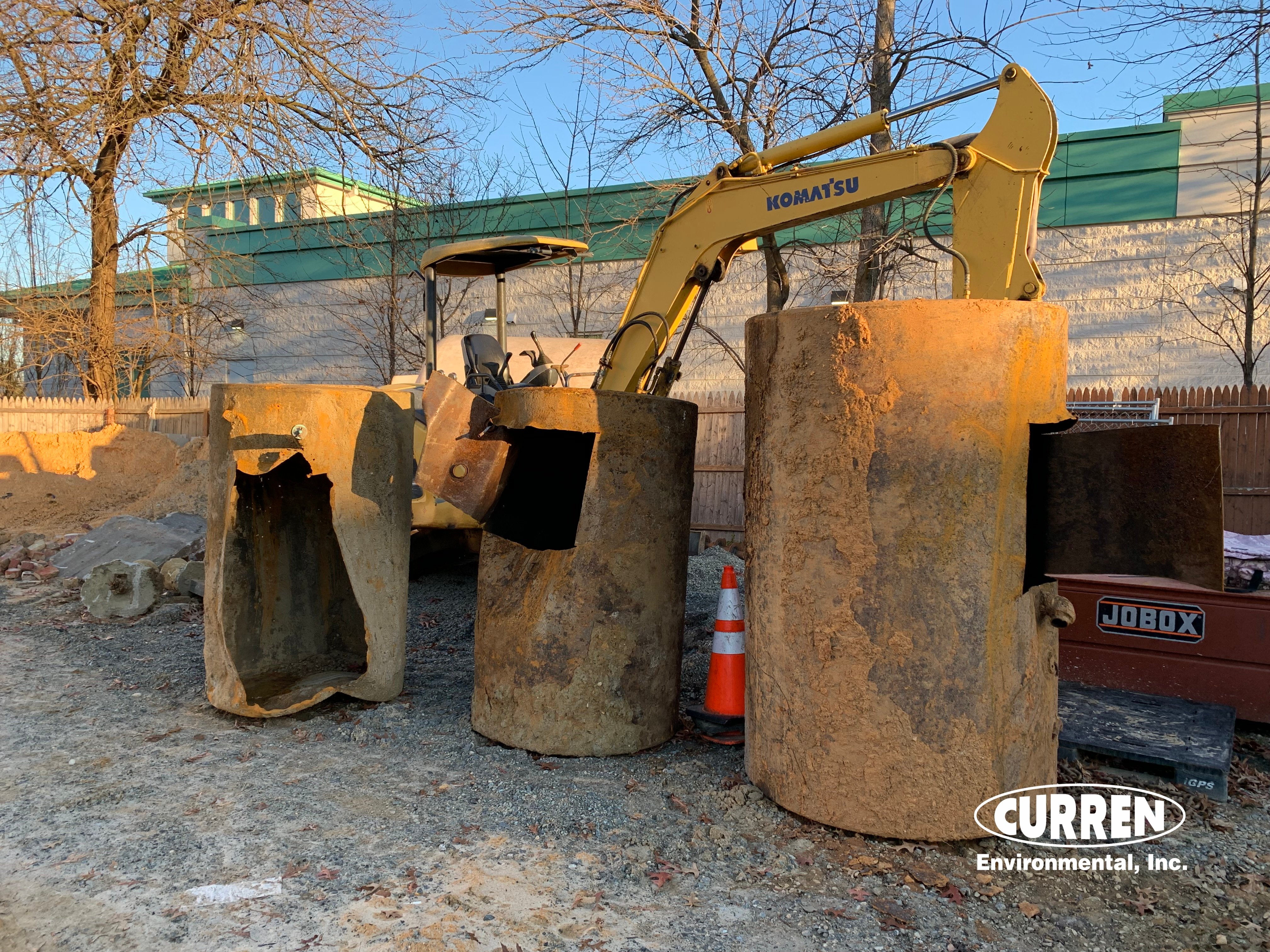Pennsylvania Oil Tank Removal & Abandonment
A Common question is what does Pennsylvania require regarding removal of underground & aboveground heating oil tanks.
Pennsylvania like many states that have heating oil storage tanks understand the liability of tank leaks. Whether a heating oil tank is aboveground or underground, spills or leaks of heating oil can potentially occur during the tank's lifetime. When released indoors, heating oil can damage both a home and its contents and cause health problems. When released to the environment, heating oil can pollute drinking water supplies, contaminate soils and expose the tank owner to liability if neighboring properties are affected by the release. Heating oil releases can also be expensive to clean up. But with proper tank management, spills and leaks can be avoided.
Pennsylvania has two regulatory bodies that regulate issue with residential heating oil tanks. The PADEP regulates issue with heating oil tanks WHEN some a release (leak) is found from a heating oil tank and oil levels EXCEED applicable soil and groundwater standards.
Additionally: The Storage Tank and Spill Prevention Act requires that Upon discontinuance of use of a storage tank, the owner or operator must empty the tank and either remove the tank or seal it.
Next you have municipal requirements for closure of these tanks. In short most all municipalities require that you obtain permits to remove oil tanks and have appropriate local inspection of the work. On a municipal level tank closure are overseen to ensure work is completed safely, thoroughly and residual oils are properly reclaimed and recycled. The stories are true of tanks being cleaned of oil and the oil being tossed behind a building.
So obtaining a permit will also entail having a representative from the municipality to inspect the tank closure (removal or filling in place) on the day of work. You will receive an approval of the work from the towns, which basically means that you did what you said you were going to do which is remove or fill a tank in place. Local inspection and approval does not certify the tank did not leak. It only means you performed what the task the permit was for.

Some tanks will have PADEP involvement, which is required when an oil leak is found from the tank. Clearly you would prefer to have a tank that does not leak, but you are dealing with an old buried metal object and rust never sleeps, so a leak is certainly not uncommon. PADEP processes thousands of tank leaks a year and is fairly efficient in addressing tank leaks.
How are oil tanks properly removed or closed in place?
Example A -- Above-Ground Tank Removal
1. Remove oil from tank.
2. Cut oil tank in half by removing top.
3. Remove sludge after squeegeeing.
4. Hand wipe inside of tank clean.
5. Remove tank (and fill and vent pipes, if separate) and dispose at proper
facility. (Most scrap-metal yards will accept cleaned storage tanks.)
6. Dispose of all sludge, water, etc. at a licensed facility. Have oil reclaimed, or
dispose of it at a licensed facility.
7 Document all work so owner has supporting documentation when the home is sold.
Example B -- Underground Tank Removal

1. Remove oil from tank.
2. Excavate tank.
3. Cut hole in tank of adequate size to permit cleaning.
4. Enter and squeegee tank.
5. Remove sludge.
6. Hand wipe inside of tank clean.
7. Remove tank (and fill and vent pipes, if separate).
8. Check tank for visible leaks and determine if there is contaminated soil.
9. Backfill hole.
10 Obtain soil samples from below tank invert and submit to PADEP certified laboratory for testing.
11. Dispose of tank at proper facility. (Most scrap-metal yards will accept
cleaned storage tanks.)
12. Dispose of all sludge, water, etc. at a licensed facility. Have oil reclaimed, or dispose of it at a licensed facility.
13. Draft a report of work, with a narrative of what was performed and a declaration if the tank did or did not leak. Photos of the work, copies of permits, scrap & oil recycling as well as laboratory analysis should be included with the report. Expect a report of 30+pages.
Example C -- Underground Tank - Foam, Sand or Slurry Fill.
1. Remove oil from tank.
2 A portion of the top of the tank will be excavated, the tank will be cut open, entered, and cleaned of residual oil.
3. Depending on tank size cut coupons in the tank invert and collect site assessment soil samples: The most important question regarding any underground tank is if it leaked. To address this question, after tank removal, site assessment soil samples will be obtained from the former tank invert (tank excavation) and submitted to an independent PADEP certified laboratory for screening parameter for heating oil in soil.
4. Obtain inspection of tank from local municipality, after inspection by the construction official, the cleaned tank void will be back filled with either a certified clean fill material, concrete slurry or foam. The excavated area will be backfilled with he previously excavated overburden soils.

5. Draft a report of work, with a narrative of what was performed and a declaration if the tank did or did not leak. Photos of the work, copies of permits, scrap & oil recycling as well as laboratory analysis should be included with the report. Expect a report of 30+pages.
Free Initial Consultation
888-301-0150


